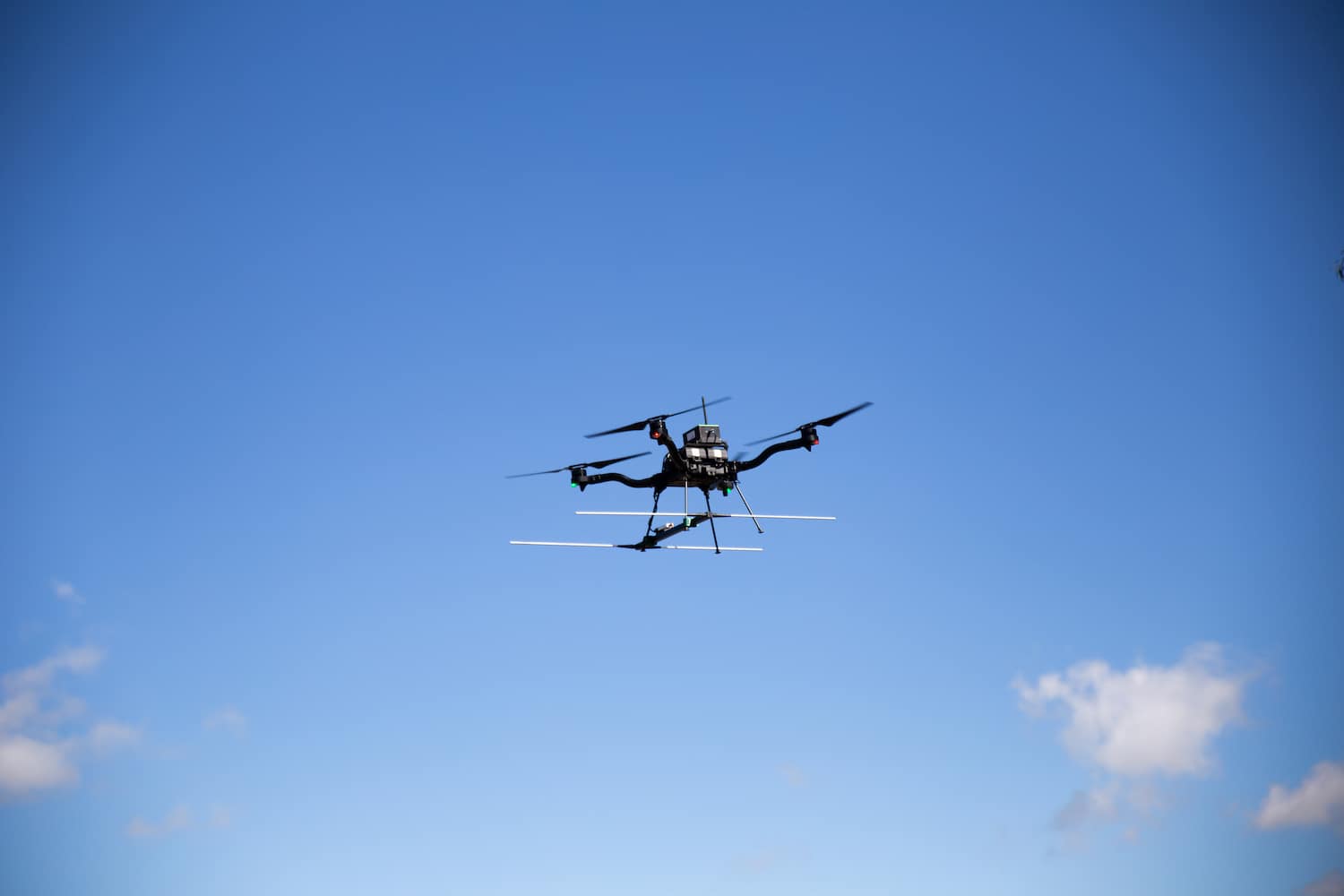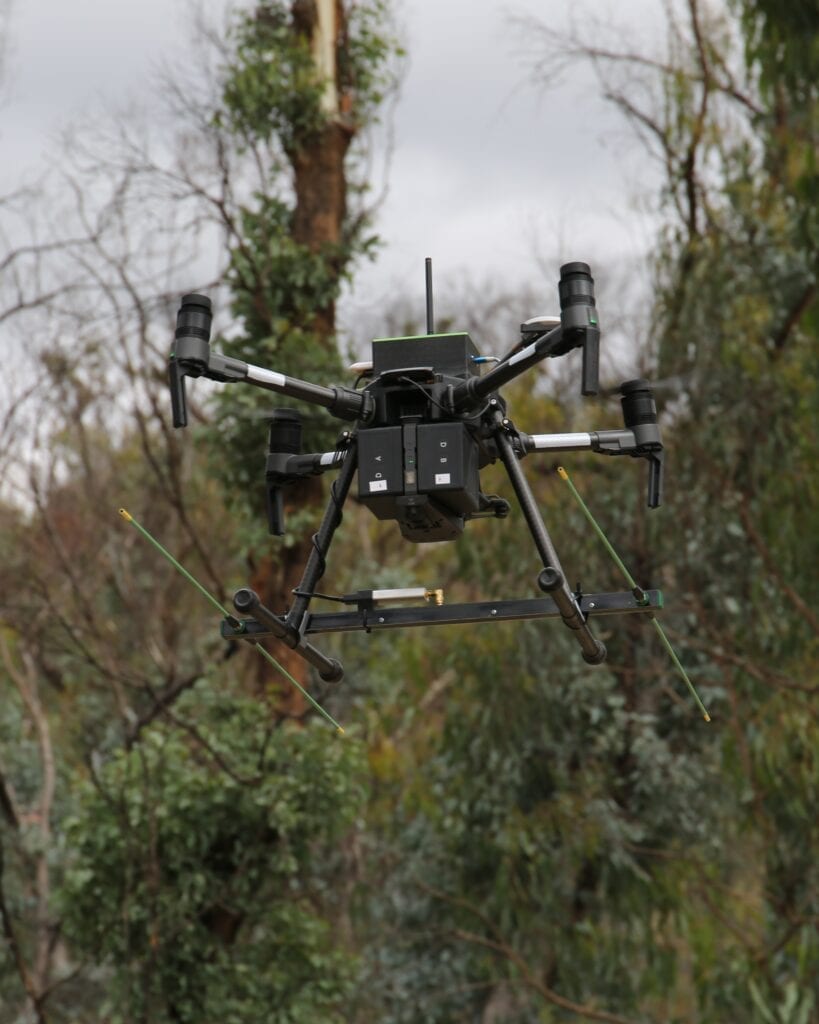
Insights: Drones and wildlife laws
Drones and wildlife laws — 3 things you need to know
At Wildlife Drones we know how important it is to respect local drone laws designed to protect native wildlife. But we’ve also learnt first-hand just how difficult it can be to keep up with changes in government drone regulations. That’s why we’ve pulled together this short article on the 3 things you need to know about drones and wildlife laws.
1. When do National Parks allow drones?
In the United States, launching, landing and operating drones in National Parks is prohibited without a permit. This includes all areas of land and water managed by the National Park Service (NPS). However, the NPS’ Unmanned Aircraft Policy does allow government agencies, universities and other organisations to use drones for scientific study if appropriate approvals and permits are obtained.
The rules are similar in Australia, where each state and territory national park authority generally restricts recreational drone use but allows researchers to fly drones for scientific purposes on a case-by-case basis.
2. What do you need to fly a drone in a National Park?
Prior approval is required to fly a drone in any U.S. National Park. According to NPS policy, this can be obtained in one of three ways:
- A Scientific Research and Collecting Permit that includes permission for the research team to use a drone. These permits are already required for any research occurring in US National Parks.
- Approval from the Associate Director, Visitor and Resource Protection if the drone is being used for administrative purposes (primarily for instances when the work is being conducted in partnership with NPS staff).
- A Special Use Permit.
In addition to NPS approval, drone operators must have a Federal Aviation Administration (FAA) Remote Pilot Certificate.
Permits are generally also required in Australia, but it’s best to check with the particular national park manager. It often takes an extended period of time to apply for these permits so make sure you allow enough time to get approval if your project is time critical.

3. How close can you fly a drone to wildlife?
Generally speaking, it’s best to keep your drone as far away from wildlife as possible to minimise any disturbance caused to the animal. While there are no set distance requirements for most terrestrial animals, the U.S. Fish and Wildlife Service recommends drones be launched more than 100 metres from wildlife.
In both the United States and Australia, specific legislation regulates how close drones can be flown to marine mammals. In the United States, drones must be kept at least:
- 100 yards from whales (except the specific species below) and at least 50 yards away from dolphins, porpoises, seals, and sea lions.
- 100 yards from humpback whales in Hawaiian and Alaskan waters.
- 200 yards away from killer whales in Washington State inland waters.
- 500 yards away from North Atlantic right whales anywhere in U.S. waters.
In Australia, the rules about how close you can fly to marine mammals varies between states and territories so it’s best to check with local restrictions. For example, in NSW drones can be flown 100 metres from marine mammals, but in Victoria they must be kept 500 metres from whales.
To learn more about how Wildlife Drones’ unique technology makes studying wildlife less invasive by locating animals from a distance and not needing to fly overhead, book a meeting with us today.

